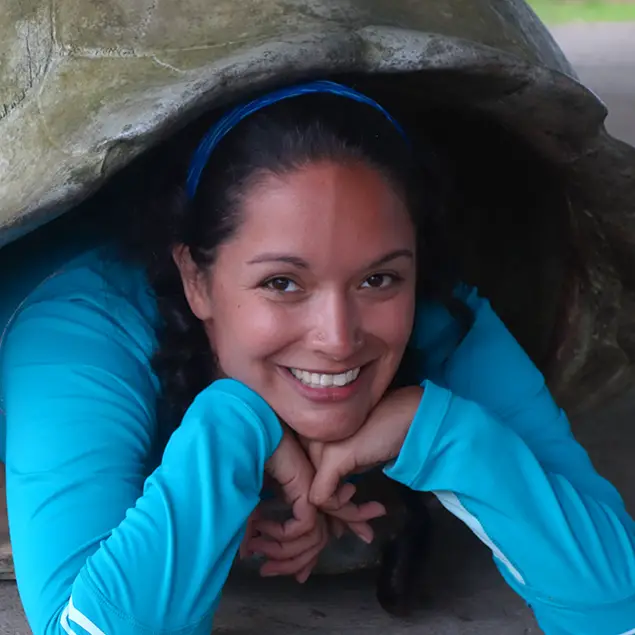Get the Best Kid-Friendly Activities
Sent to You Weekly!
During introductory courses for young children, boys and girls will likely work in a combined class and, if necessary, they'll be separated by age and ability. It's unlikely that children will actually lift weights. Instead, they will probably begin with basic exercises like squats, lunges, sit-ups, set-ups, bear crawls, crab walks, and push-ups. Children may also complete obstacle courses or rope pulls. As children gain strength, they may start to use resistance bands or tubes and medicine balls in various exercises, including partner activities. Later, when they begin to use weights, the instructor may show them how to complete bench presses or rows using broomsticks or PVC pipes until they have mastered the proper technique for each exercise. Instructors should make sure children are using the full range of motion with each exercise and keep their joints at appropriate angles to avoid unnecessary stress. This way, children will avoid bad habits that can be harmful and lead to muscle imbalances, soft tissue, and repetitive-use injuries.
Although some of these measures may seem extreme to adults, there are many reasons to be especially careful when working with children. Growing children have bodies that are still maturing, learning coordination, and developing basic movement patterns. Others are still becoming aware of their bodies, which limits the amount of weight they can lift. Still, when children begin lifting weights at young ages, they learn how to recruit muscle fibers, which allows them to become stronger. Those who participate in other sports can correct muscle imbalances and protect their joints from injury throughout their athletic careers.
"What many people fail to realize is that the loads placed on the joints from the running, jumping, and cutting required in sports like basketball and soccer place greater and more uncontrolled loads on children's joints than a properly supervised weight lifting program," Hageman says.
Also see: "Power" Drinks and Supplements: Are They Harmful for Kids?
It's (Just?) a Game: How to Put the Fun Back into Youth Sports









